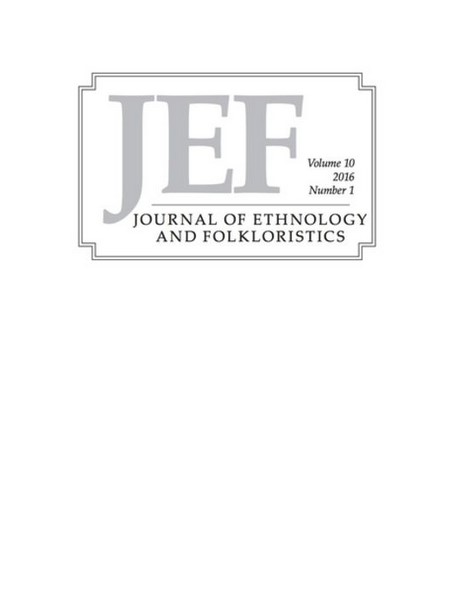The Development of Bandura Music Art between the 1920s and 1940s
The Development of Bandura Music Art between the 1920s and 1940s
Author(s): Marina BerezutskayaSubject(s): Cultural history, Customs / Folklore, Music, Interwar Period (1920 - 1939), WW II and following years (1940 - 1949), History of Communism, History of Art
Published by: Tartu Ülikool, Eesti Rahva Muuseum, Eesti Kirjandusmuuseum
Keywords: bandura art; bandurists; kobzars;
Summary/Abstract: Bandura art is a unique phenomenon of Ukrainian culture, inextricably linked with the history of the Ukrainian people. The study is dedicated to one of the most tragic periods in the history of bandura art, that of the 1920s–1940s, during which the Bolsheviks were creating, expanding and strengthening the Soviet Union. Art in a multinational state at this time was supposed to be national by form and socialist by content in accordance with the concept of Bolshevik cultural policy; it also had to serve Soviet propaganda. Bandura art has always been national by its content, and professional by its form, so conflict was inevitable. The Bolsheviks embodied their cultural policy through administrative and power methods: they created numerous bandurist ensembles and imposed a repertoire that glorified the Communist Party and the Soviet system. As a result, the development of bandura art stagnated significantly, although it did not die completely. At the same time, in the post-war years this policy provoked the emigration of many professional bandurists to the USA and Canada, thus promoting the active spread of bandura art in the Ukrainian Diaspora.
Journal: Journal of Ethnology and Folkloristics
- Issue Year: XIV/2020
- Issue No: 2
- Page Range: 44-66
- Page Count: 23
- Language: English

